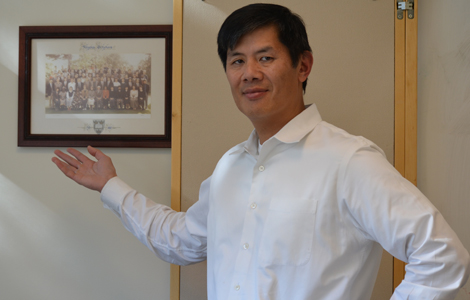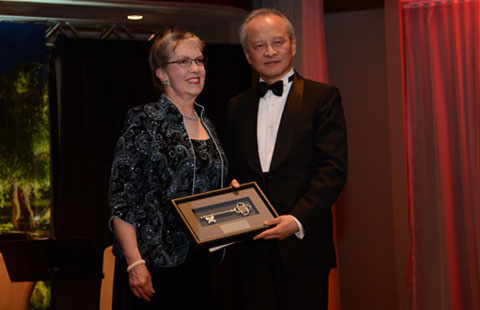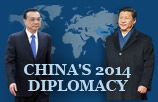Hope of new financial institutions at BRICS summit
Updated: 2014-07-14 15:49
By Biswajit Dhar(chinadaily.com.cn)
|
||||||||
The good news emanating from the processes leading up to next week’s summit is that the BRICS members will have equal stake in their Bank. Each country will contribute $2 billion to the paid-up capital, while the initial capital would be $50 billion. There are indications that the authorized capital of the BRICS Bank would be $100 billion. Further, there are suggestions that other countries can also hold stocks in this institution, but their combined share should not exceed 45% of the total.
These suggestions regarding the ownership of the BRICS Bank suggest that the bank could well reach out to other partner countries in the developing world. This would be a welcome augury for it opens the door for the group’s members to explore ways in which they can coordinate their development partnership efforts. At present, all the members of the group are engaged in development partnership projects in several parts of the world, and in several countries, more than one BRICS member is present.
The CRA is a very timely initiative by the BRICS to devise their own “banker of last resort”. IMF was the only agency that provided this facility, until ASEAN+3 (ASEAN together with Japan, China and the Republic of Korea) formed the Chiang Mai Initiative Multilateralism (CMIM) in 2010. CMIM began with commitment funds of $120 billion, which was increased to $240 billion in 2012. The stabilization-fund of the BRICS looks similar to CMIM in terms its size. It has proposed an initial stock of $100 billion, with China expected to contribute $ 41 billion. India, Brazil and Russia are expected to have equal contribution of $18 billion, and South Africa would contribute the remaining $5 billion.
With the groundwork for establishing the two institutions having been made, leaders’ endorsement in the Brasilia Summit would usher in a new phase of cooperation between the BRICS nations.
The author is a professor at the Centre for Economic Studies and Planning, School of Social Sciences, Jawaharlal Nehru University.

 Music at her fingers
Music at her fingers
 Across America Over the Week (Jan 16 - Jan 22)
Across America Over the Week (Jan 16 - Jan 22)
 Spend Chinese New Year in style
Spend Chinese New Year in style
 Ili river valley becomes a popular destination for swans
Ili river valley becomes a popular destination for swans
 Philip Ma: from scientist to businessman
Philip Ma: from scientist to businessman
 Birmingham's Spotlight on China dinner
Birmingham's Spotlight on China dinner
 How to distinguish doucai, wucai, Famille-rose and enamel porcelain
How to distinguish doucai, wucai, Famille-rose and enamel porcelain
 Xinjiang lake in bumper fishing season
Xinjiang lake in bumper fishing season
Most Viewed
Editor's Picks

|

|

|

|

|

|
Today's Top News
Houston's SW Chinatown
China to focus on reforms, opening of capital market
Slowdown brings new risks to banks
Trade group calls for BIT
Market status for China is 'political' issue
Birmingham's Spotlight on China dinner
Bank takes renminbi-clearing seriously
Traditional Garb
US Weekly

|

|








